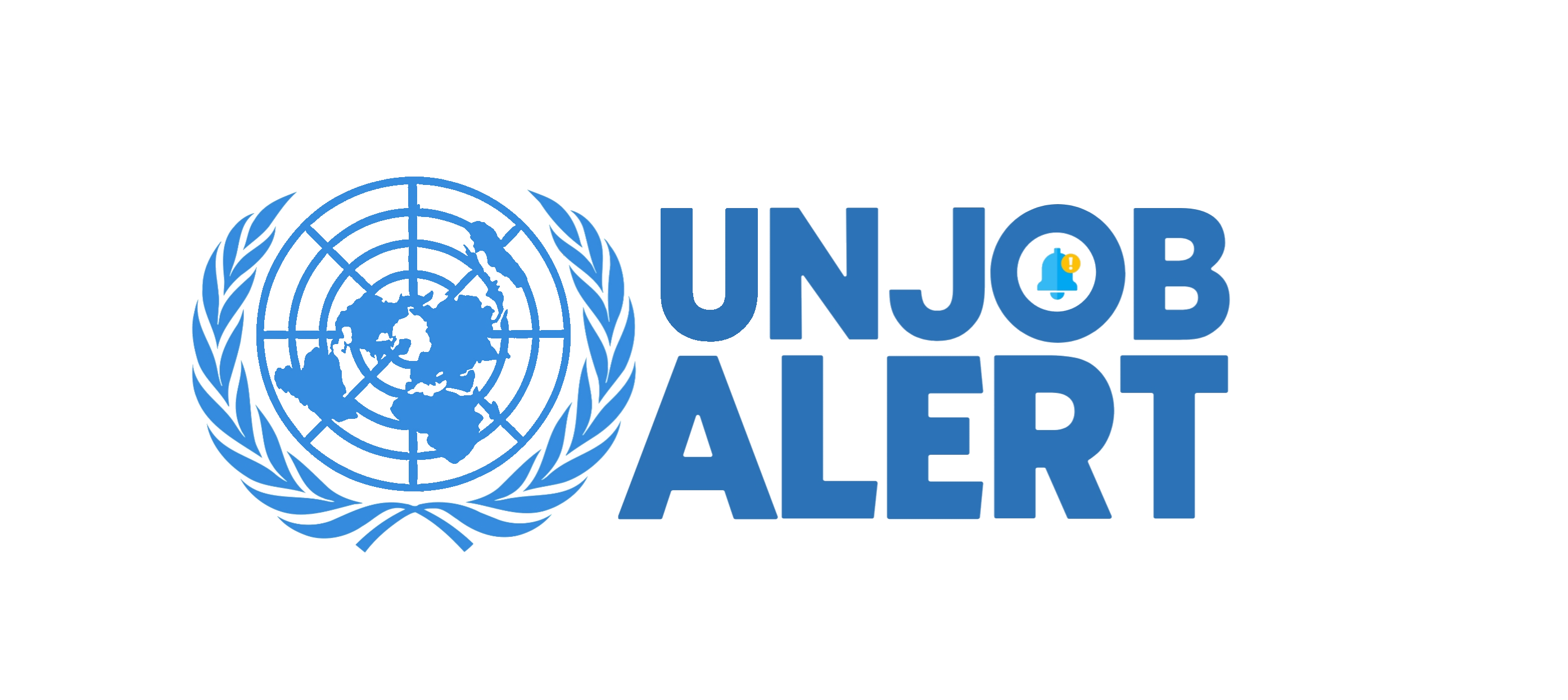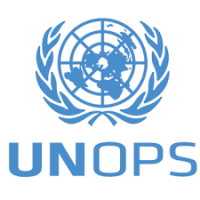How is FAO managed or funded?
The Food and Agriculture Organization of the United Nations (FAO) is managed by a governing body composed of 194 member countries, which meets annually to review and approve the organization’s work program and budget. The governing body is composed of five categories of members: African States, Asia-Pacific States, Latin American and Caribbean States, Near East and North African States, and Europe and North American States.
The highest decision-making body of the FAO is the Conference, which is composed of all member countries and meets every two years. The Conference is responsible for reviewing and adopting the organization’s major policies, programs, and budgets, and electing the Director-General and Deputy Directors-General.
FAO is funded by contributions from its member countries, as well as from other sources, including trust funds, voluntary contributions, and partnerships with the private sector, non-governmental organizations, and other international organizations. Member countries are required to pay a percentage of their assessed contributions to FAO, which is based on their relative share of the world’s gross national product. In addition, member countries can make voluntary contributions to support specific programs or initiatives of FAO.
FAO also manages a number of trust funds, which are established by donors to support specific areas of work, such as agriculture, fisheries, forestry, or emergency response. Trust funds can be used to finance technical cooperation projects, research and development, capacity building, and advocacy activities. The organization works with a wide range of partners, including governments, civil society organizations, academic institutions, and the private sector, to leverage resources and expertise in support of its mission to achieve food security and promote sustainable agriculture.











 0
0